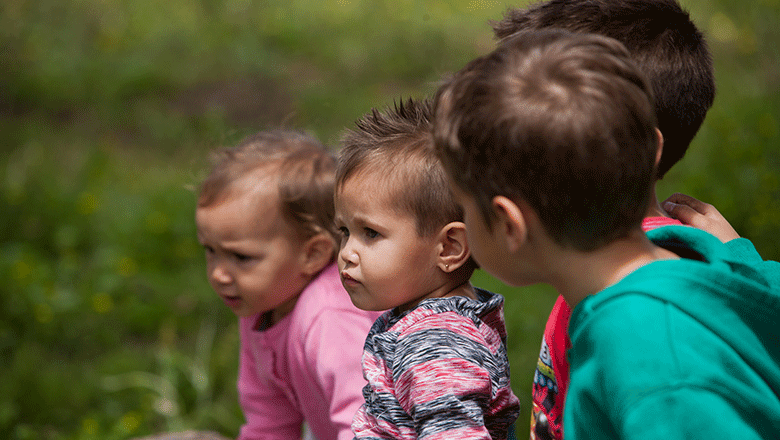Search

News & Events
Funding boost to help turn research into practical changeResearch projects sharing in a $2.1 million funding boost will seek to translate research findings into changes that benefit patients and help the health system run more efficiently.

News & Events
Top tips for travelling with an ear infectionCheck out our top tips for travelling with an ear infection so that the kids can fly safely and hit the pool in no time.

News & Events
Early ear infections linked to higher risk of future problems: studyResearchers have found kids who experience repeat ear infections in infancy have a much higher risk of ongoing problems with ear infections in later childhood

News & Events
Aboriginal Ear Health Stakeholder Meeting (By invitation only)Acknowledging the enormous efforts in ear health programs across WA, we invite stakeholders to assist us in establishing research priorities.
News & Events
DOWNLOAD - The first research report: Patterns and trends in Mortality in WA.The Advisory Council on the Prevention of Deaths of Children and Young People today officially released this report.
Research
Topical versus systemic antibiotics for chronic suppurative otitis mediaChronic suppurative otitis media (CSOM), sometimes referred to as chronic otitis media (COM), is a chronic inflammation and often polymicrobial infection (involving more than one micro-organism) of the middle ear and mastoid cavity, characterised by ear discharge (otorrhoea) through a perforated tympanic membrane. The predominant symptoms of CSOM are ear discharge and hearing loss. Antibiotics are the most common treatment for CSOM, which act to kill or inhibit the growth of micro-organisms that may be responsible for the infection.
Research
Otitis media guidelines for Australian Aboriginal and Torres Strait Islander children: summary of recommendationsThe 2001 Recommendations for clinical care guidelines on the management of otitis media in Aboriginal and Torres Islander populations were revised in 2010. This 2020 update by the Centre of Research Excellence in Ear and Hearing Health of Aboriginal and Torres Strait Islander Children used for the first time the Grading of Recommendations, Assessment, Development and Evaluation (GRADE) approach.
Research
Risk of otitis media in offspring following maternal prenatal stress exposureThere is limited but consistent evidence that suggests prenatal factors, including maternal stress, may contribute to susceptibility for otitis media. We aimed to determine the effect of multiple life stress events during pregnancy on risk of acute and recurrent otitis media in offspring at three and five years of age.
Research
Long-term follow-up after recurrent otitis media and ventilation tube insertion: Hearing outcomes and middle-ear health at six years of ageTo investigate the long-term impact of recurrent otitis media (rOM) and ventilation tube insertion (VTI) in early childhood on hearing outcomes and middle-ear health three to five years later, in a prospective pregnancy cohort study.
Research
Antibiotics or watchful waiting for acute otitis media in urban Aboriginal and Torres Strait Islander children?Chris Valerie Brennan-Jones Swift PhD Head, Ear and Hearing Health Aboriginal Co-Director, Djaalinj Waakinj Centre for Ear and Hearing Health;
